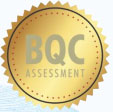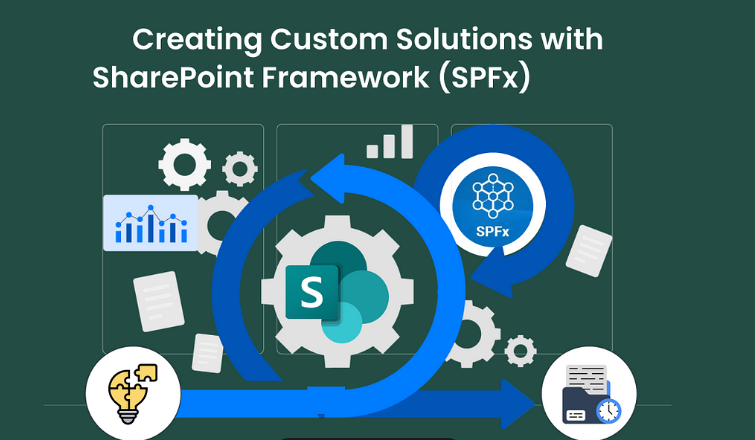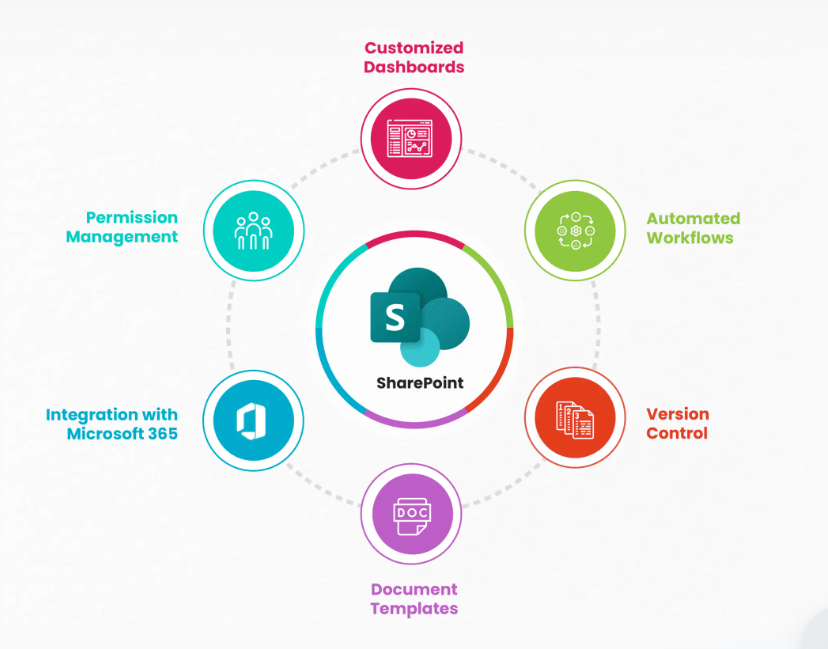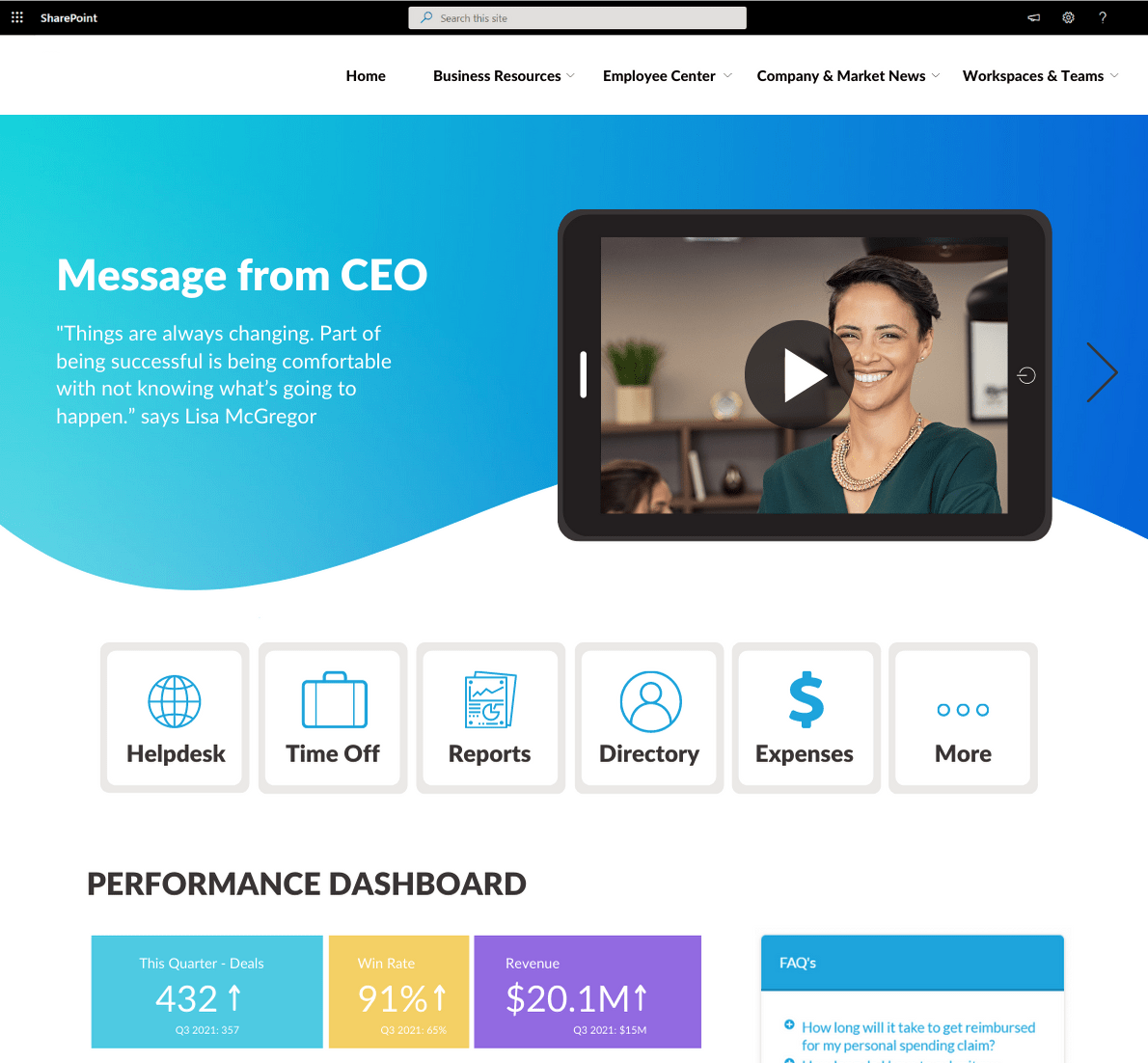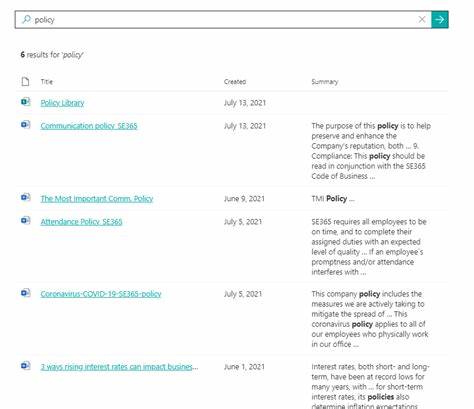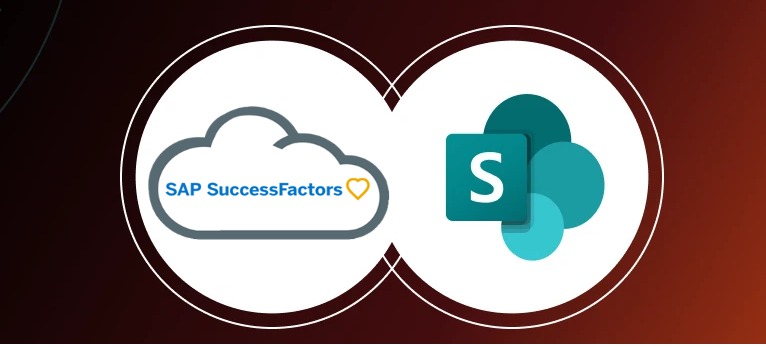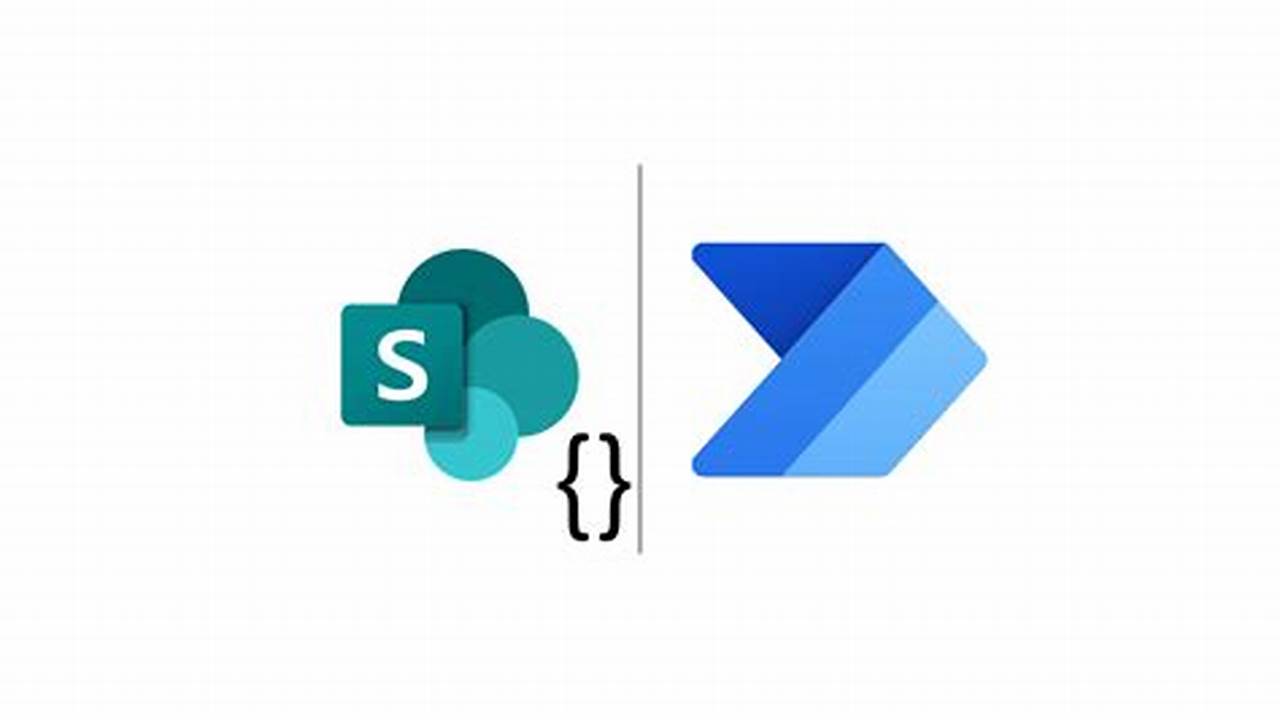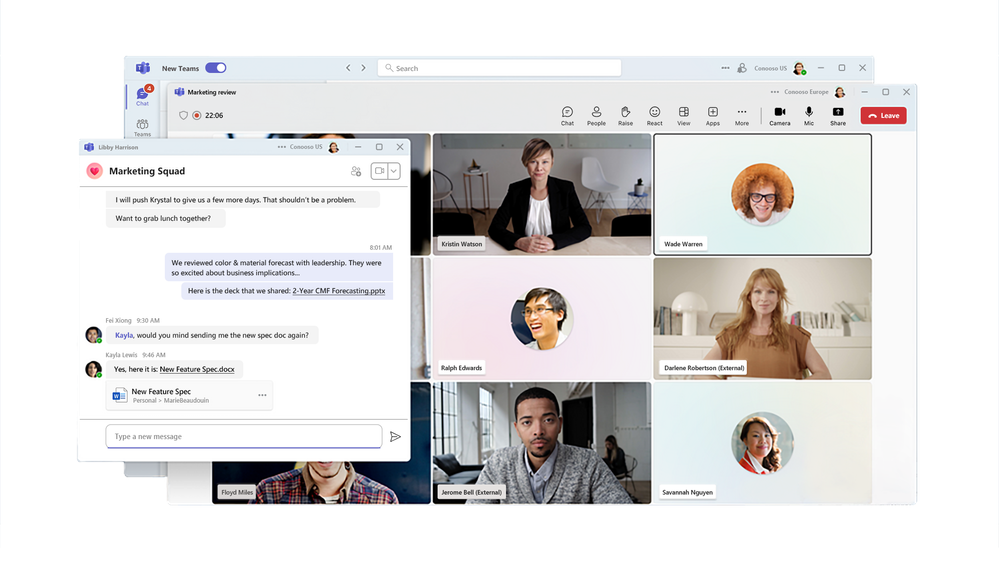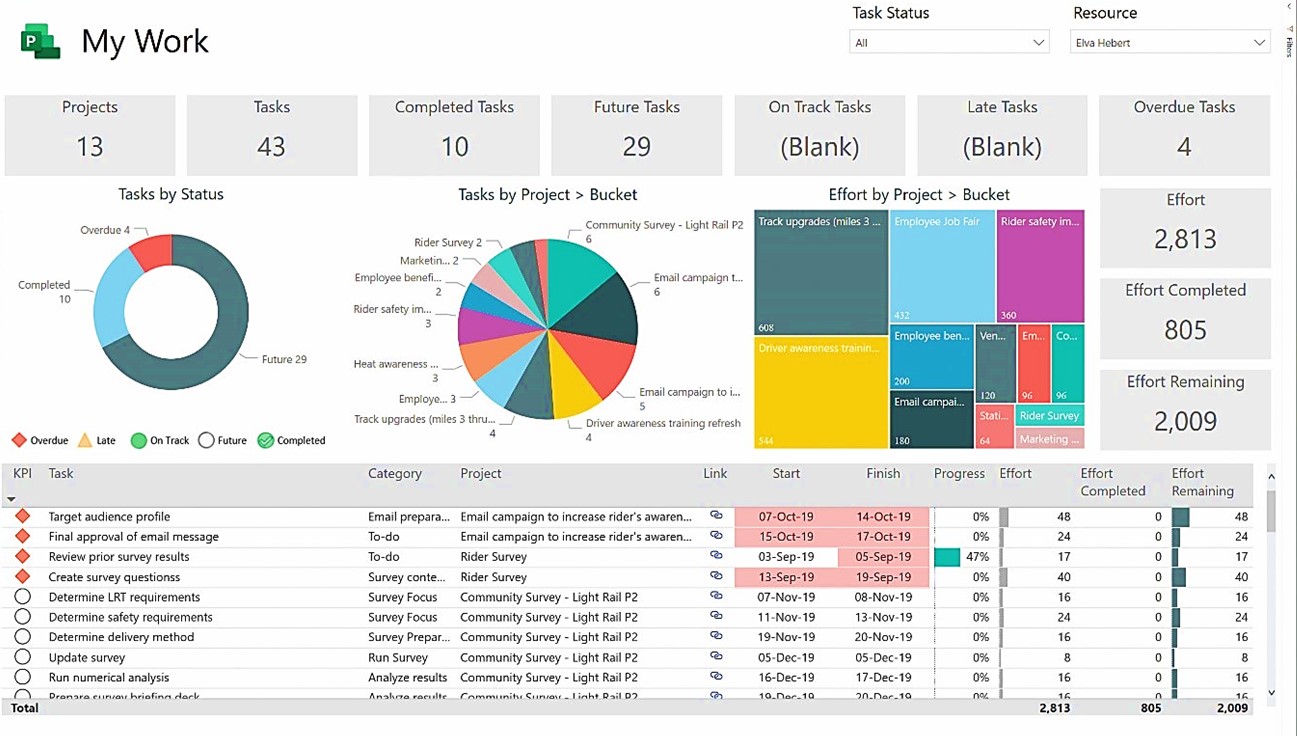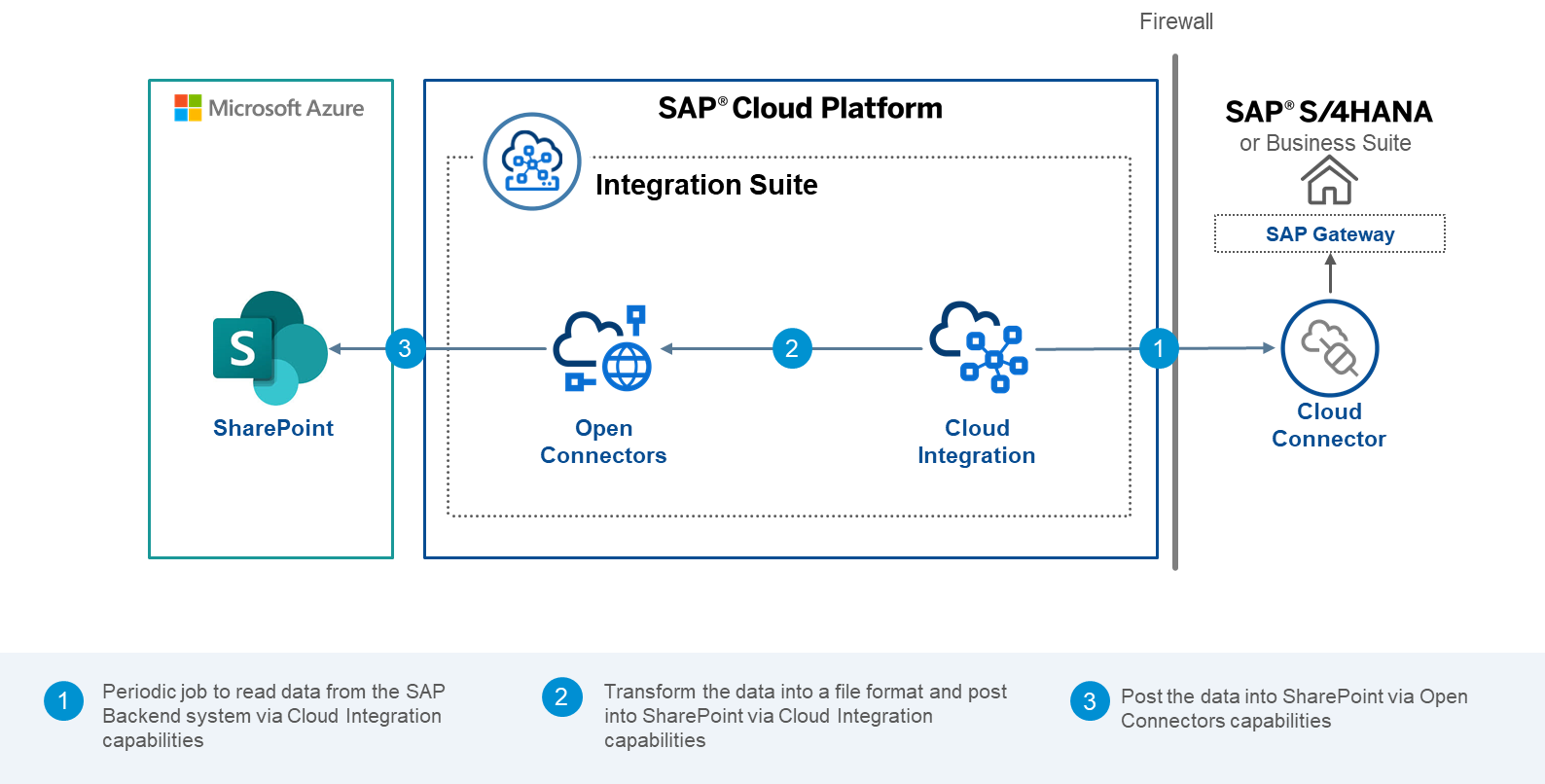
Migrating to SharePoint from other platforms can be a transformative move for organizations seeking to enhance collaboration, document management, and search functionalities. In this case study, we explore how Credent Infotech successfully migrated a customer's legacy document management system to SharePoint, addressing various challenges and leveraging SharePoint’s capabilities to provide a robust solution.
Project Overview
Credent Infotech undertook a project to migrate a customer’s existing document management system to SharePoint. The legacy system had several limitations, including:
- Inefficient Search Mechanism: The old system’s search functionality was slow and often yielded inaccurate results.
- Lack of OCR Capabilities: Documents were not searchable by their content, making it difficult to locate specific information.
- Poor Document Management: The system lacked robust document management features, leading to version control issues and difficulty in tracking document changes.
Challenges and Solutions
1. Inefficient Search Mechanism
Challenge: The legacy system’s search functionality was slow and unreliable, often failing to find the required documents.
Solution: SharePoint's powerful search capabilities were leveraged to enhance document retrieval. SharePoint Search was configured to crawl and index all documents, ensuring quick and accurate search results. Additionally, metadata and tags were implemented to improve searchability.
2. Lack of OCR Capabilities
Challenge: The absence of OCR (Optical Character Recognition) capabilities in the legacy system made it impossible to search documents by their content.
Solution: SharePoint’s integration with third-party OCR tools was utilized to scan and index document content. This enabled full-text search, allowing users to find documents based on the content within the documents themselves.
3. Poor Document Management
Challenge: The legacy system’s document management features were inadequate, leading to version control issues and difficulties in tracking document history.
Solution: SharePoint's document management features, including version control, check-in/check-out, and document libraries, were implemented. These features provided better control over document versions, facilitated collaboration, and ensured that users were always working with the most recent version of a document.
Implementation Steps
- Planning and Assessment: A thorough assessment of the existing system was conducted to understand the customer’s requirements and pain points.
- Migration Strategy: A detailed migration plan was developed, outlining the steps required to transfer documents, configure SharePoint, and integrate OCR capabilities.
- Configuration and Customization: SharePoint was configured to meet the customer’s specific needs. Custom solutions were developed to enhance document management and search functionalities.
- Data Migration: Documents were migrated from the legacy system to SharePoint, ensuring that metadata and tags were properly assigned to facilitate easy search and retrieval.
- Testing and Validation: The system was rigorously tested to ensure that all functionalities were working as expected. Users were trained on the new system to ensure a smooth transition.
- Deployment and Support: The new SharePoint-based system was deployed, and ongoing support was provided to address any issues and ensure continuous improvement.
Benefits Realized
- Improved Search Capabilities: With SharePoint’s powerful search features and OCR integration, users could quickly find documents based on content, metadata, and tags.
- Enhanced Document Management: SharePoint's document management features provided robust version control, document history tracking, and improved collaboration.
- Increased Efficiency: The new system significantly reduced the time spent searching for documents and managing document versions, leading to increased productivity.
- Scalability and Flexibility: SharePoint’s scalable architecture allowed for easy expansion as the customer’s needs grew.
Conclusion
Credent Infotech's migration project successfully addressed the customer's challenges by leveraging SharePoint’s advanced capabilities. The new system provided a more efficient, reliable, and user-friendly document management solution, ultimately enhancing the customer’s operational efficiency and productivity. This case study demonstrates the importance of careful planning, customization, and user training in the successful implementation of SharePoint-based solutions.



